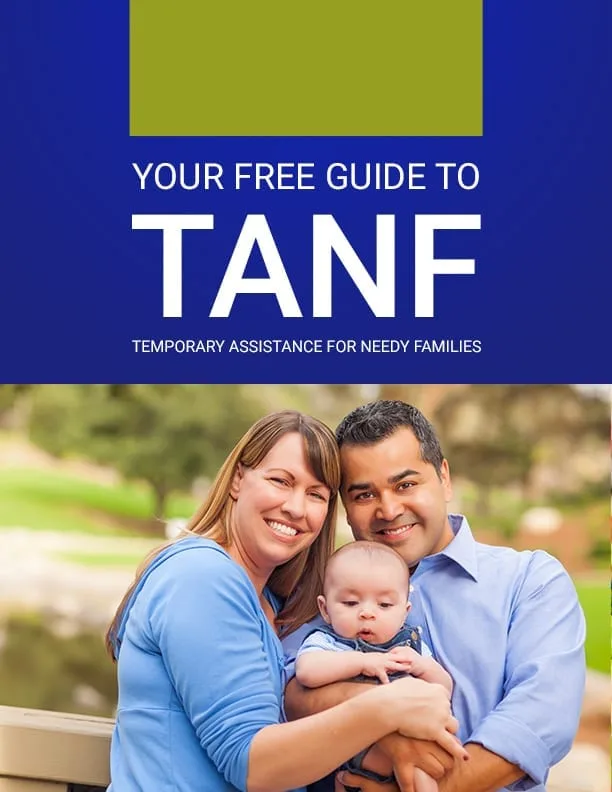Your Free Guide on Tips for Using I-9 Employment Eligibility Form
Your Free Guide on Tips for Using I-9 Employment Eligibility Form
We are privately owned and not affiliated with the government in any way or form.

The I-9 is the Employment Eligibility Verification tax form, which confirms an individual’s legal ability to gain employment in the United States. Federal law requires employers and employees to complete the form, whether they are U.S. citizens or noncitizens. The I-9 process verifies an employee’s identity and authorization to work.
The federal government created the I-9 form in 1986 to prevent businesses from employing undocumented immigrants. Employers who fail to complete the I-9 process for each employee or continue to hire undocumented workers can face financial penalties. Likewise, workers can receive fines or jail time for making false statements on the I-9 form.
An employer can only request prospective employees to complete the form once they receive an employment offer. The timing deters employers from hiring discrimination based on immigration status.
In addition to completing the I-9 form, workers will need to furnish acceptable documentation that verifies their identity and work eligibility. The government imposes financial and incarceration penalties for using false documents.
Exemptions to the I-9 Form
In some cases, employers may not need to complete the I-9 process. For instance, businesses do not need to complete an I-9 form for independent contractors. However, the federal government can penalize organizations that knowingly hire non-authorized independent contractors.
Workers who are hired for intermittent, irregular, or sporadic domestic work also do not need to complete the form. For example, homeowners do not need to complete an I-9 form when they hire handypersons, cleaning persons, or babysitters. However, they typically need to submit the form if they employ a domestic worker regularly.
Similarly, businesses do not need to complete an I-9 for employees hired through a staffing agency. This is because the staffing agency is responsible for completing the I-9 process for these workers.

Tips for Filling Out Section 1 – Employee Information and Attestation on Tax Form I-9
Here are the main steps for employees to complete tax form I-9.
Information Needed to Complete Section One of Tax Form I-9
The first page of the I-9 form requires employees to provide the following information:
· Full legal name and any other names used, such as a maiden surname
· Address
· Date of birth
· Social Security number (SSN)
· Contact information, including email and phone number
Employees will also need to note their legal status in the country, such as U.S. citizen, noncitizen national, lawful permanent resident, or alien with work authorization. Legal permanent residents and aliens will need to provide one of the following:
· Alien Registration Number or USCIS Number
· Form I-94 Admission Number
· Foreign Passport Number and country of issuance
Employees may use a translator to help complete the form if necessary. The translator must also provide their name and address. Only employers and employees in Puerto Rico may use the Spanish version of the I-9 form; all other Spanish-speaking employees who need assistance completing the English form may use a translator.
Documents Needed to Complete Section One of Tax Form I-9
Employees also need to provide proof of identification and employment authorization so the employer can complete its own section of the form. On the third page of the I-9 form, these documents are categorized into three lists:
- List A – documents that establish both identity and employment authorization
- List B – documents that only establish identity
- List C – documents that only establish employment authorization
Employees may choose to provide one document from List A, or a combination of documents from List B and List C.
The following is a list of acceptable documents that establish both identity and employment authorization (List A):
· U.S. Passport or U.S. Passport Card
· Permanent Resident Card or Alien Registration Receipt Card
· Foreign passport with temporary I-551 stamp or printed notation
· Foreign passport with Form I-94 or I-94A
· Employment Authorization Document (Form I-766) with photo
· Passport from the Federated States of Micronesia or Republic of Marshall Islands with nonimmigrant admission forms
The following is a list of documents that only establish identity (List B):
· State-issued driver’s license or identification card
· Federal or local government-issued identification card with a photo and identifying information
· School identification with photo
· Voter’s registration card
· U.S. Military card or draft record
· Military dependent’s identification card
· U.S. Coast Guard Merchant Mariner card
· Native American tribal document
· Canadian government-issued driver’s license
· Medical record, school record, or report card, if younger than 18 years of age
The following is a list of documents that only establish employment authorization (List C):
· Social Security card
· Original or certified copy of birth certification issued by an approved government authority
· Department of State-issued certification of report or birth
· Native American tribal document
· U.S. Citizen ID card
· U.S. resident citizen card
· Department of Homeland Security-issued employment authorization
Tips for Filling Out Section 2 – Employer or Authorized Representative Review and Verification on Tax Form I-9
Employers must complete their own I-9 form using the information provided from the employee on section one. Here are the main steps for employers to complete section two of tax form I-9.
Information Needed to Complete Section Two of Tax Form I-9
Employers must provide the following information:
- Employee’s full name
- Title of the document provided by the employee
- Document issuing authority
- Document number
- Document’s expiration date, if any
Employers will keep a copy of this form throughout the individual’s employment for a period of at least three years after the date of hire or one year after termination, whichever is longer. Employers can make photocopies of the documents submitted by the employee for the employee’s records.
Then, the employer will need to complete the remaining boxes on form I-9, which include information about the following:
- Organization’s name
- Organization’s address
- Authorized representative’s signature
- In most cases, this is a member of the organization’s human resources department
- Date of signature
Employers do not need to submit the form to the U.S. Immigrations and Customs Enforcement (ICE) or the U.S. Citizenship and Immigration Services (USCIS). However, the forms must be available for inspection if government officials request them.
Tips for Filling Out Section 3 – Reverification and Rehires on Tax Form I-9
The third section of tax form I-9 is only necessary if the company rehires an employee within three years of completing the original I-9. It reverifies the identity and work authorization of that employee.
The authorized representative can choose to use a new I-9 for rehires instead of completing section three. However, they are required to use a new form if it has been more than three years since the completion of the original I-9.
An employer may also need to complete the third section if an employee needs recertification. For example, an authorized representative typically recertifies workers after their work authorization expires.








